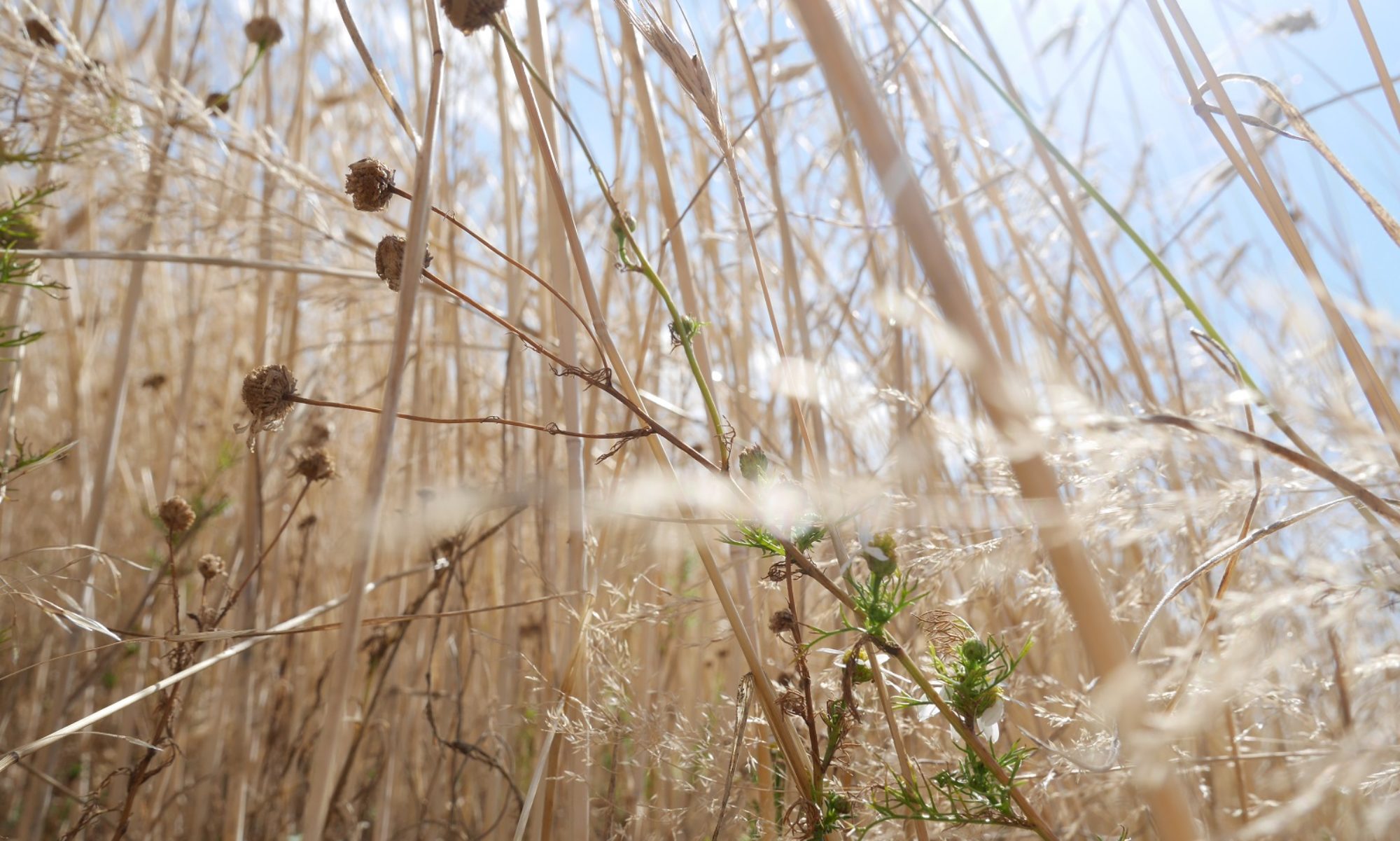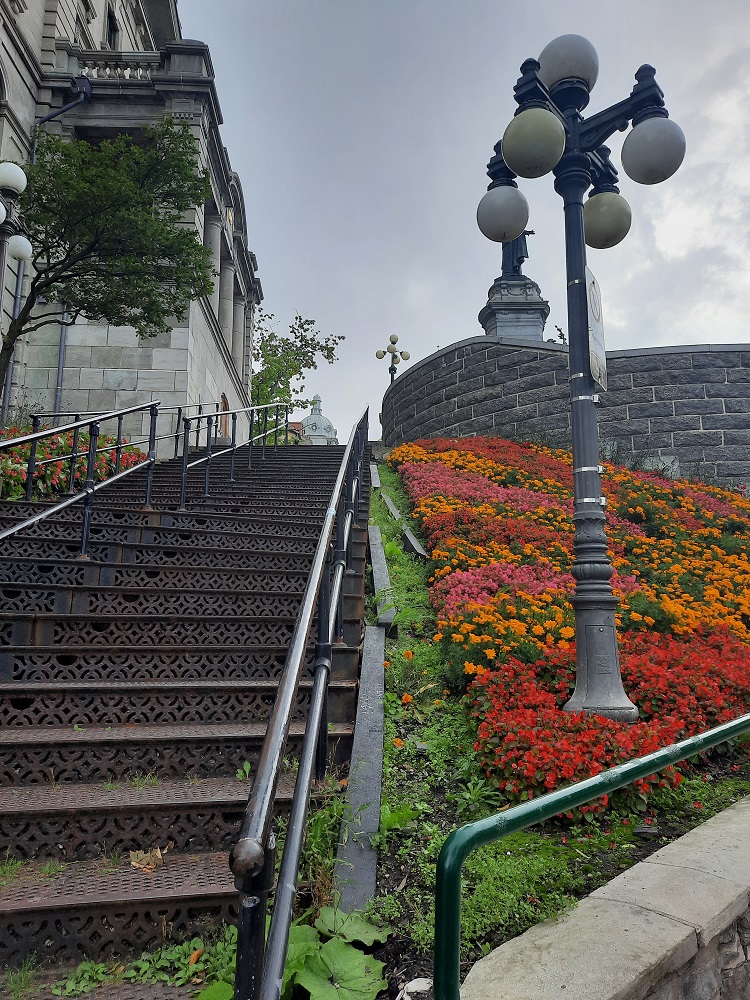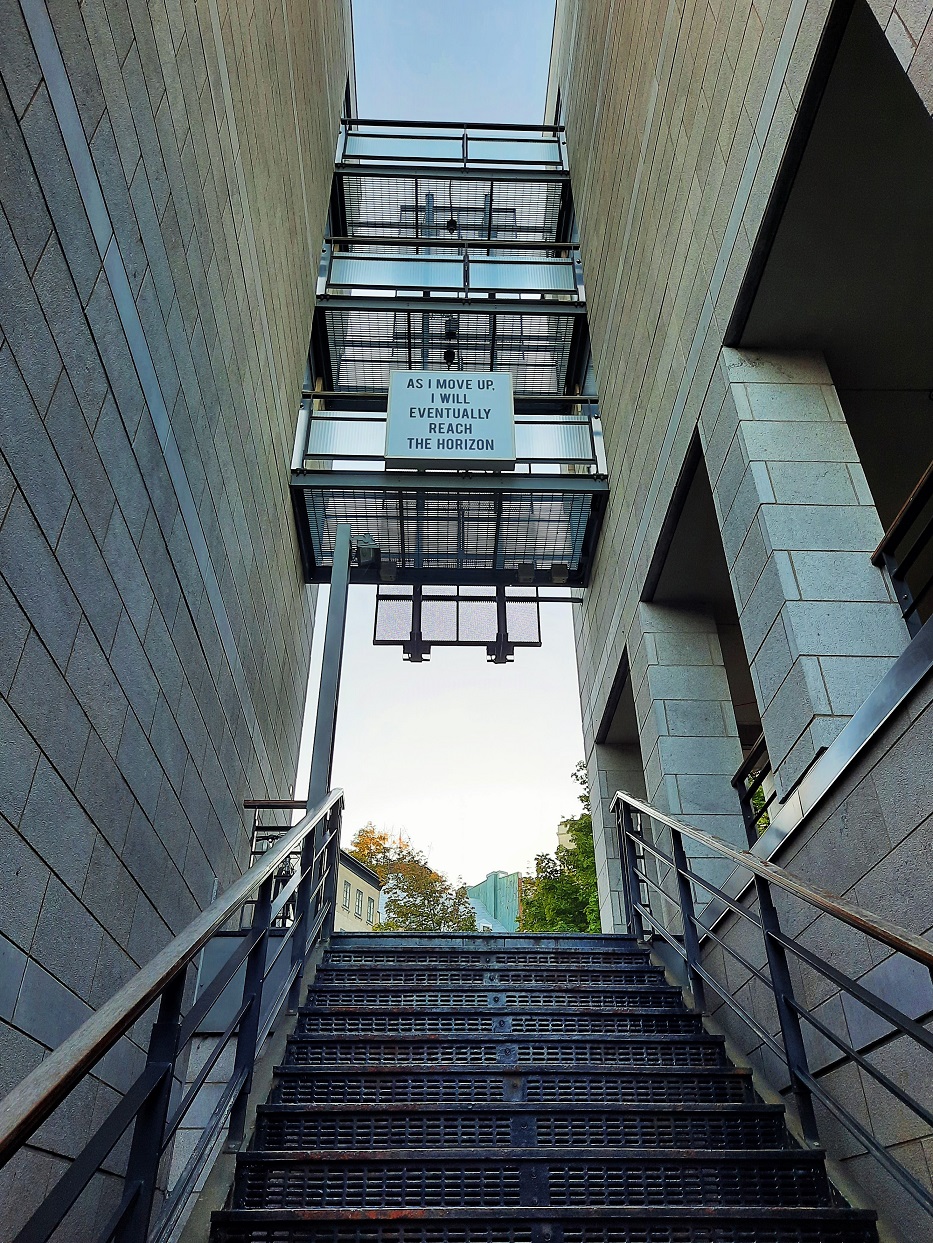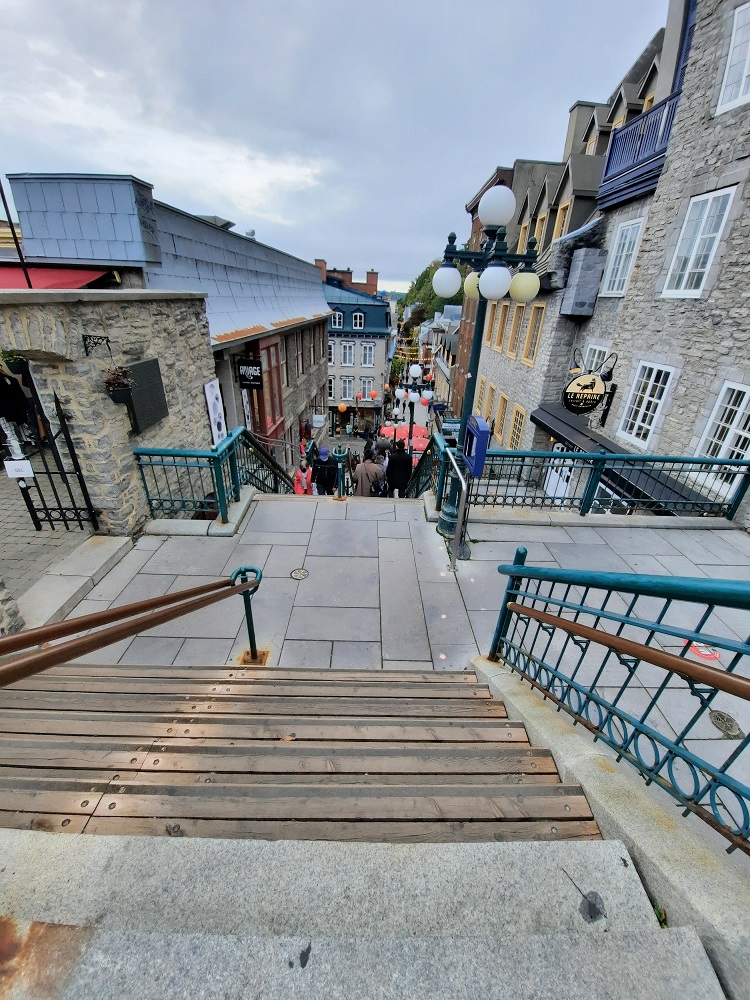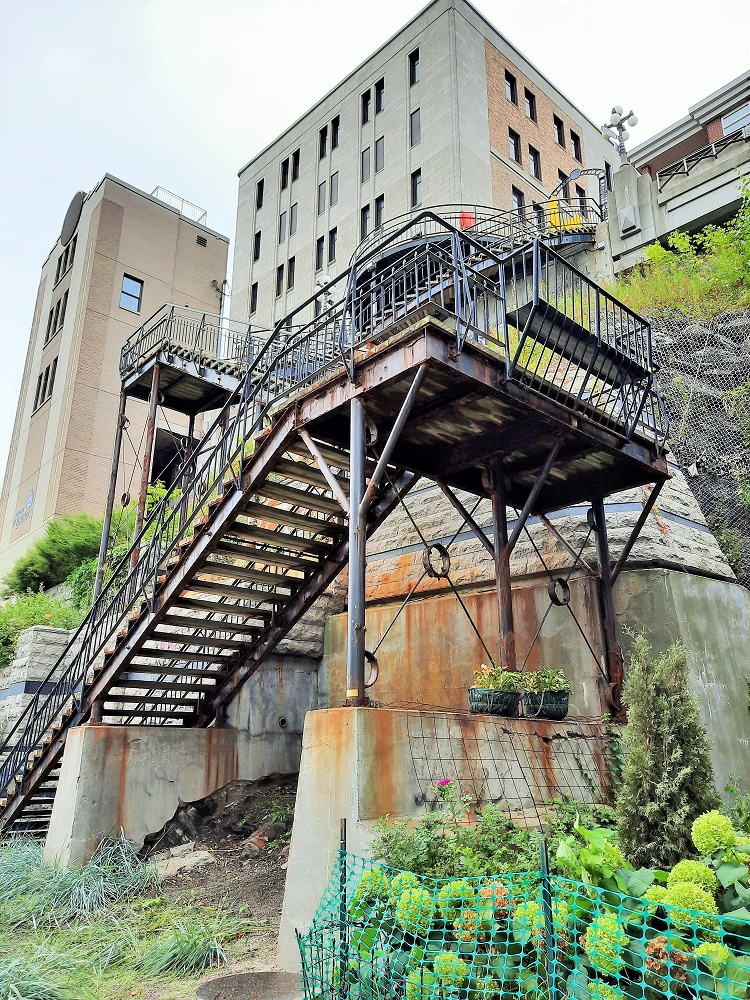Cubistic artwork, cut in a row (before)
13.09. In the Algonkin language, Kebec designates the place where the river becomes narrow. The Algonkin (also: Algonquin) are a tribe of northarmerican natives who belong to the First Nations of Canada and their language root is one of the widest-spread in North-America. Kebec ist not only a poetic depiction of a true place but also an appropriate description. Coming from Montreal and the Big Lakes, the Sankt-Laurence-River becomes quite narrow and measures at its most narrow spot 640 meters. And after that it does three really surprising things.
First splitting and floating around an island – the Ile D’Orleans – and second, after its reunion, getting broader like a funnel, and third pouring along 660 kilometers into the atlantic ocean as a so called estuar – exactly on this spot is Quebec-City based. Between Montreal and Quebec-City the river looks lika a birth canal and the floating around the island has something of a vulva and by cutting both occurences in a row, as a cubistic artwork, it’s fair to assume a birthing hour happens. And it has been happening in an ongoing manner. But birth of what? We don’t know.
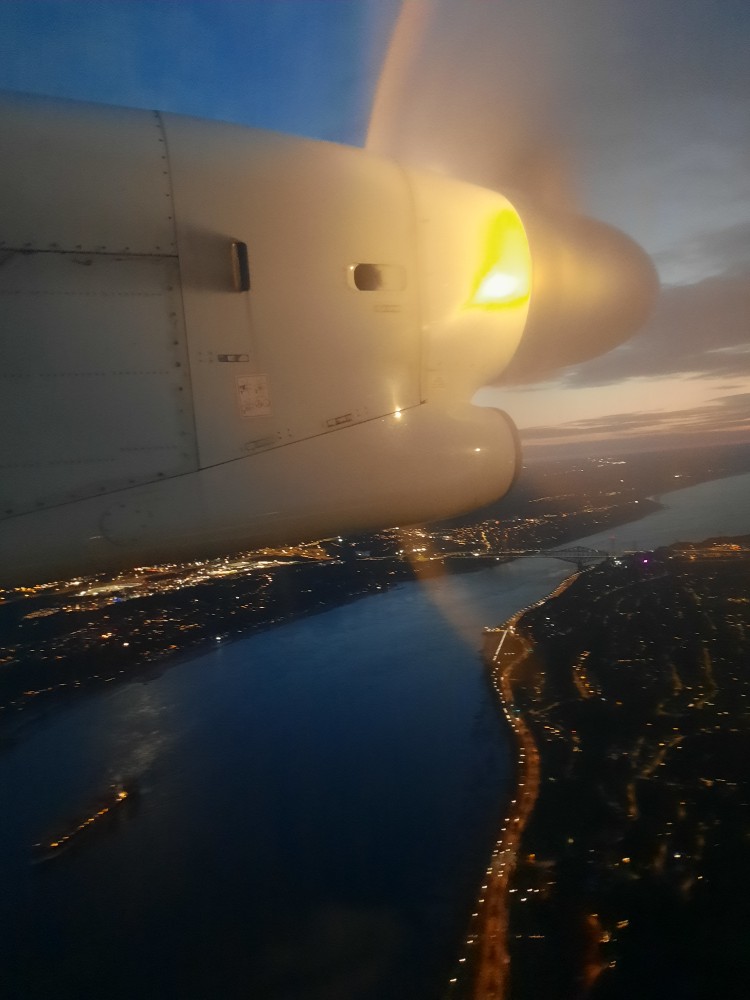
View on Saint-Laurent Fleuve 
View on Il D’Orleans
Defiant songs against death (1st Week)
20.09. The first week I’ve strolled a lot, made photographs, read the assorted inscriptions at memorials, sculptures, places, most of them bilingual in French and English. The more recent ones are only in French, because French has been the only official language in Quebec since 1977. The memorials deal with the history and culture of Quebec, the national identity has beome a dominating topic.

Above all, during my wanderings I’ve been running into several stories that made me ponder. On the gate of Saint Jean the first canadian highway has its own memorial. Well, it wasn’t a highway then, but the Chemin du Roi, the King’s Way, inaugurated at the 5th of August in 1734, has been the first connection from Quebec to Montreal. Since I can remember I was mesmerized by highways as places inbetween, ephemeral places, not here, not there. Already in the nineties, french sociologist Marc Augé dedicated a book to those non-places. They play a crucial role in our lives, we just don’t know about it. In my personal story, highways have been an important opportunity to flee the provincial backwater and everything that was linked to it.
Another story played out at Cape Diamond on the Plaines d’Abraham, a former battlefield of the seven year war, during which the Frenchmen lost Quebec to the British. In 17th century, the Cape Diamond became the scene of a ghastly action of vengeance by the Wyandat who had been war-mates of the Canadians. In this place, the warriors of an enemy iroquois tribe were burnt alive. But every burning iroquois sang his defiant death-song quite unflinchingly till his last dying breath, is written on the roll of honour. According to the roll, the vengeance, by the way, was justified – a remark that curdels the blood in my veins.
Neck breck stairs (2nd Week)
27.10. Stairs are major elements of the landscape of Quebec-City, because upper town and downtown display tremendous differences in height and there are excentric stairs to connect the levels. For example, the oldest staircase in town is L’Escalier Casse-Cou translated as: the neckbreck stairs. Or L’Escalier du Faubourg, which is even more precipitous than the neckbreck stairs and which links the quarter Saint-Jean-Baptiste to Saint-Roch. Pedestrians who don’t feel like taking the stairs can use the lift on the Rue Saint-Vallier for free; its entry is hidden in a kiosk – an occurence I really deem remarkable.
Virtually I didn’t want to write about stairs, but about identity. I have been dealing with it ever since arriving here, because at every corner you bumb into the national identity of Quebec. As always when I’m considering identity, it strikes me, that I don’t know what it really is. I’ve never known it. It’s like in school, when in geology I was requested to explain the several tiers of earth, but somehow I hadn’t even understood the priniciple of tiers of earth.
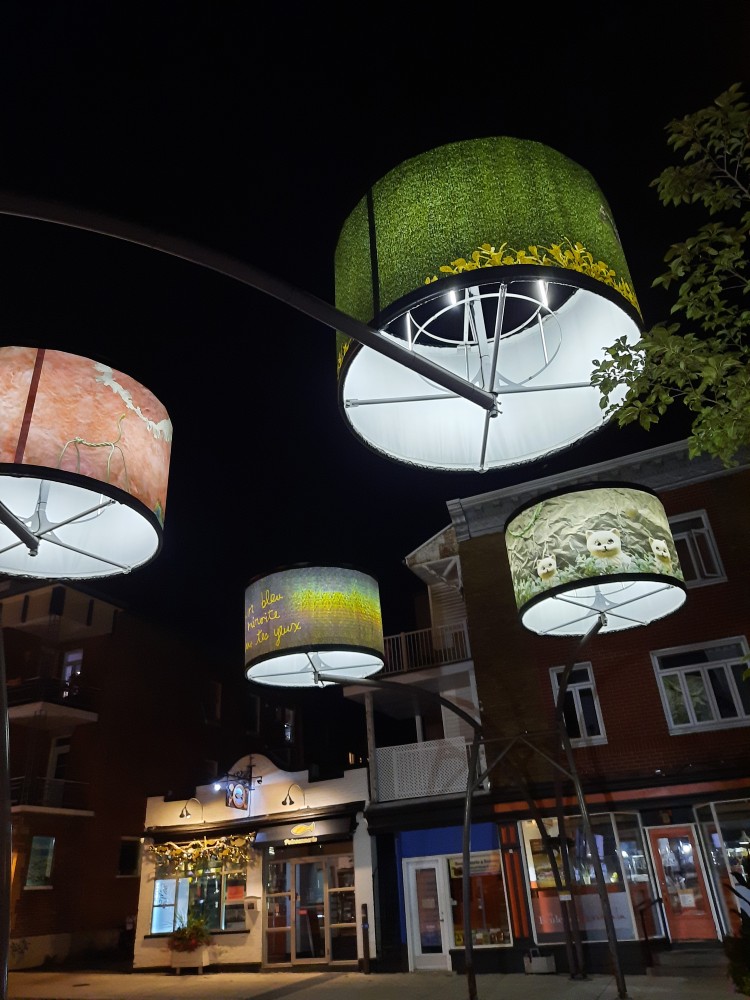
The part of myself that has never believed in the concept of identity is a ghost, watching these stairs and trying to not inhibit people who are seeking identity. And again I’ve been reading the book Entanglements of physician and philosopher Karen Barad. One could grasp the world as something that consists of entanglements, and that ourselves, too, are in an ongoing state of superposition. We are something that we are not, at the same time – this is not a contradiction, but a feature. In this saying, there is no contradiction at all – even if it sounds as if I were addicted to harmony – but it means, that the splitting of the world into black and white, men and women, you and we, good and bad is a big error and just owed to the fact that we are still far away of overcoming the concept of duality. Basically nobody has an identity, becauce identity is something stable and inhibits the time on its way to pass. If everyting is seen in a sheer quantum-physics way, writes Barad, everything that exists would be queer. Everything else is just a staircase.
Place, space and placelessness (3rd Week)
4.10. During my wild researches about place, space and identity I ran into the Canadian geographer Edward Relph. Already in the 1980s, he wrote the book Place and Placelessness, which deals with the topics of space and place and in this context he also was the first one to write about the phenomenon of placelessness. We maintain relationships to places as we do to people, but libraries are full of the latter and no one writes, let alone talks, about the former. Relph looks with growing concern at how non-places have taken over public space. Non-places are, for example, shopping malls, airports, highways, supermarkets, but also refugee camps and waiting halls in government offices – they are places whose aesthetics are defined by criteria of functionality and effectiveness. They look the same everywhere, they are immune to external influences and they do not change, in short: people who spend time there cannot identify with them.
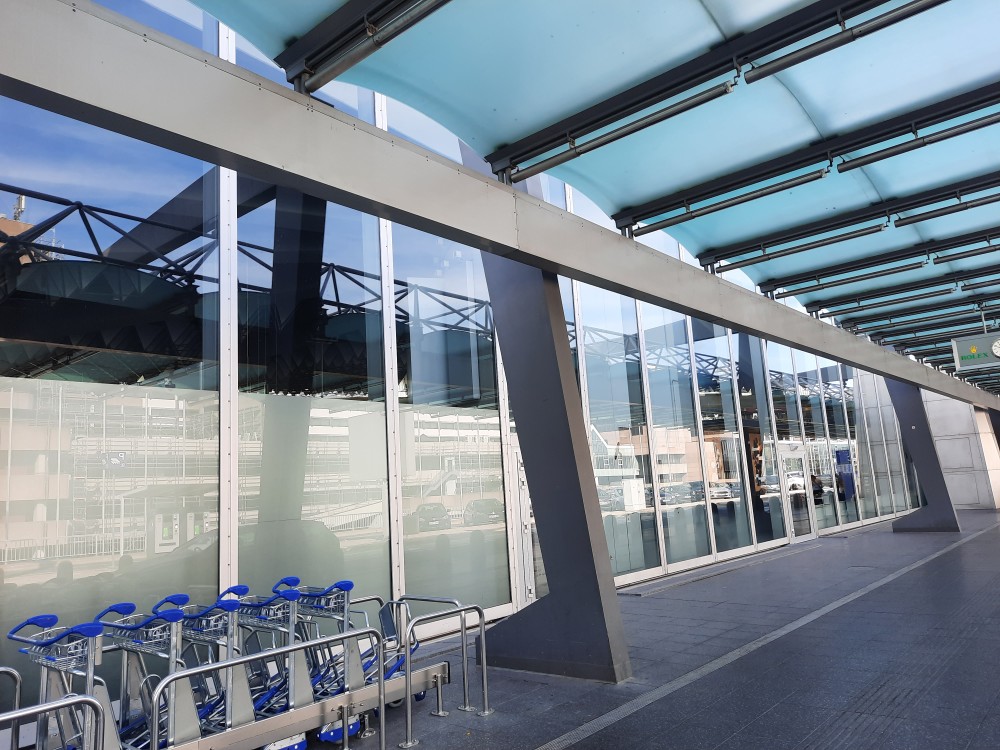
On my flight from Frankfurt to Montreal, however there was a short moment where I felt linked to the plane, which acutally is a non-place. The woman who sat diagonally in front of me, used the holder for the coffeecup differently than it was intended, she put her bottle of water upsidedown in its ring, it looked like a waterinfusion at a hospital bedside. I liked this idea because I didn’t know where to put my waterbottle either. I copied her and then I slept for a while. When I woke up, everybody in my row had put their watterbottle upsidedown in the coffeeholder. Through this micro-interaction with other people, we had changed the space a tiny bit – and also the meaning of the space. Because now it was not only the space where we spent our time, but also the space where we had changed something, together.
On my walks through Quebec-City I got convinced that there must be a lot of micro-interactions to retransform non-places into places.
How does a shoppingmall become a place? (4th week)
11.10 In the Galeries de la Capitale, it’s a mega shoppingmall as large as a village, you will find every known and unknown chain in the world.
And also in Place Saint-Foy, I was strolling around a mall without end; that is a place, where people don’t even hold the door open for each other. They are the same people but the place gives their encounters another meaning. One walks straight through the mall without an aim, the place makes clear what it wants. Buy, buy, buy, don’t waste time on odds-and-ends.
In contrast, on the Escalier de Faubourg one may become unintentionally involved into conversations with strangers. For example the french-spanish speaking canadian, who asks me, where I come from and if I was going to Limoliou. Yes sure. Oh well Limoliou, he responded, as we were descending the staircase, he had lived there with his wife, before she threw him out. C’est dommage, I said, and he said, nous sommes encore des amis. We are still friends.
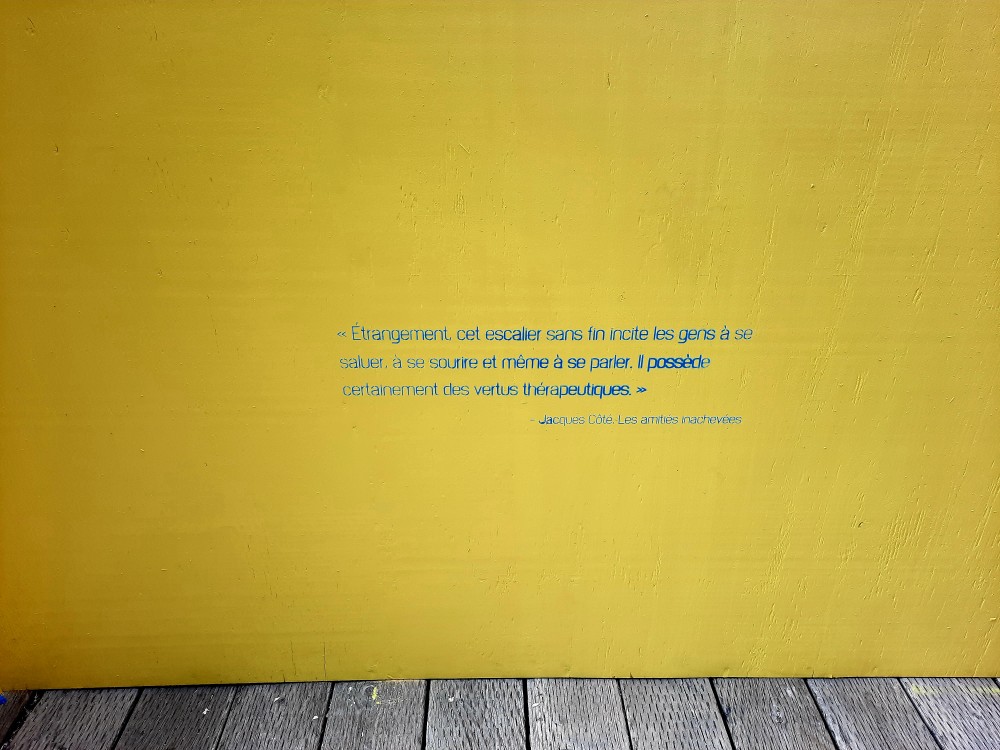
Oddly enough, this strange staircase makes people greet, smile and speak to each other. Most likely it has therapeutic skills as well. (Jacques Coté; Les amities inachevées) 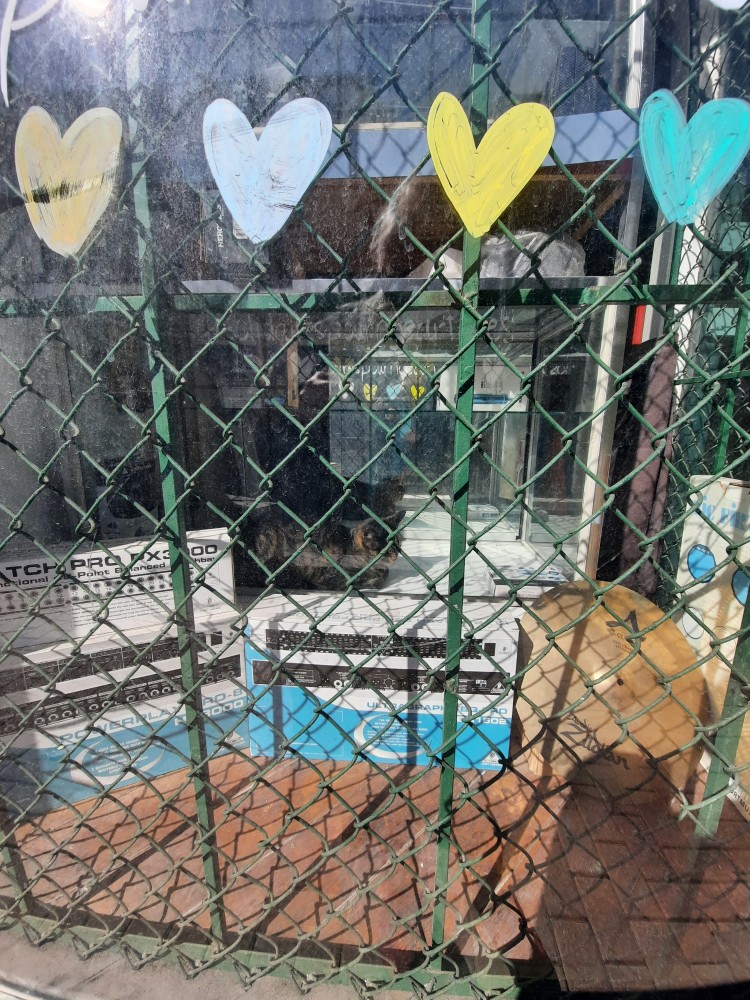
Cat in a shop window
Places are places where you can tell your sad stories as well.
So why don’t we make out real places from shopping malls where we can tell each other our sadest stories – and even if they were stories about the shopping malls?
I didn’t know where to find my grip (5th week)
18.10. A reader wrote to me that she associates places with smells. The typical smell of chlorine immediately comes to my mind, which I associate with sun, French fries and summer vacations – although I only went to a swimming pool four times as a child, once I got lost and had to be called out. It took a long time for my parents to forgive me for that. Another time I almost drowned because I couldn’t swim (how could I when I never went to the pool) and the edge of the pool was full of resting people and I didn’t know where to find my grip.I was already an adult when – at the tender age of 46 – I learned to swim properly.
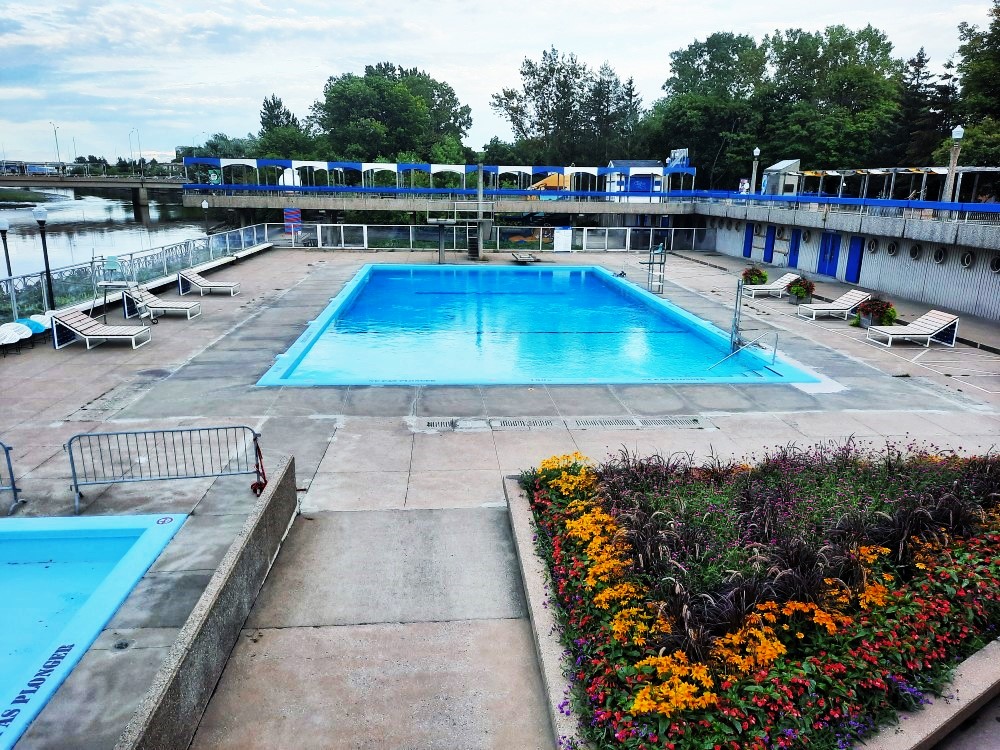
However when I think of chlorin I think of a swimming pool where I could have spent a wonderful childhood. And alone the possibility I associate with the smell transforms a non-place into a real place which is tied to a story and a memory. The swimmingpool I saw at the Saint-Charles-river is such a place. I’m sure everybody loves this pool.
No need to feel lonely or insecure (6th week)
25.10. My dealing with places and non-places is not incidental, I have a true weakness for not interpersonal places. In an anonymous shoppingmall I often feel better than in places that are filled with meaning and identity: only for this because the shopping mall makes no difference. Everybody is equal to each other. To be in a shoppingmall does not mean anything else than to be in a shopping mall. The rules are easy. If you stick to them, everything goes well. The power of things has a democratizing effect (in a way). And a reassuring one, too (in a way). Everything in a shopping mall is known to you before you enter – no matter whether you are in Prague, Cologne, Quebec or Tokio. No need to feel lonely or insecure.
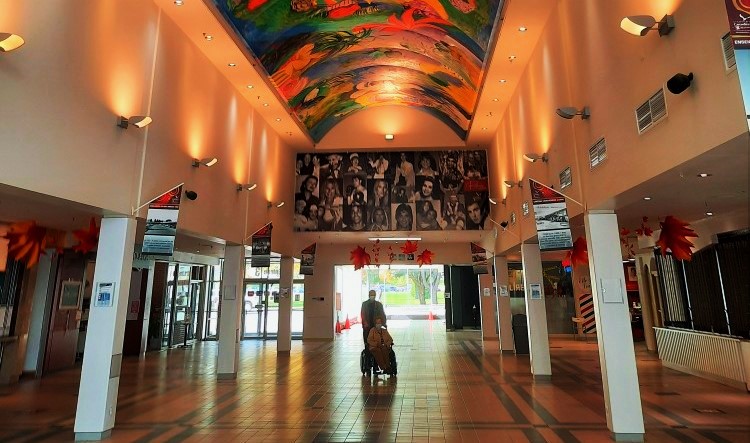
But the familiarity comes at a price, not only literally, but also in other ways. I renounce intimacy. I’m giving up the feeling that comes when you overcome shyness and get involved in a place. And: I renounce self-determination. (More of this aspect in the further post next week)
For it is not only a place that I refer to, but it is the people who rule there. Who define what the place is. And in the eye of my fear there’s nothing else than the question: Will these people accept me? Will they accept me as one of them?
Post for the Future (7th week)
1.11. The Galeries de la Canardière was once a movie theater. Many famous people came here. It has beautiful lamp stands. Its history is a testament to a great era, when shopping malls were a promise. Today, they are synonymous with the dark side of capitalism. But also for its decline. If we think about the future, we can take a nostalgic look at the vacancies in shopping centers. And think about how we can make these places into places that belong to everyone.
Places where we can tell each other our stories.
